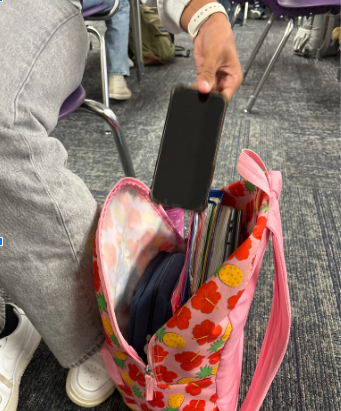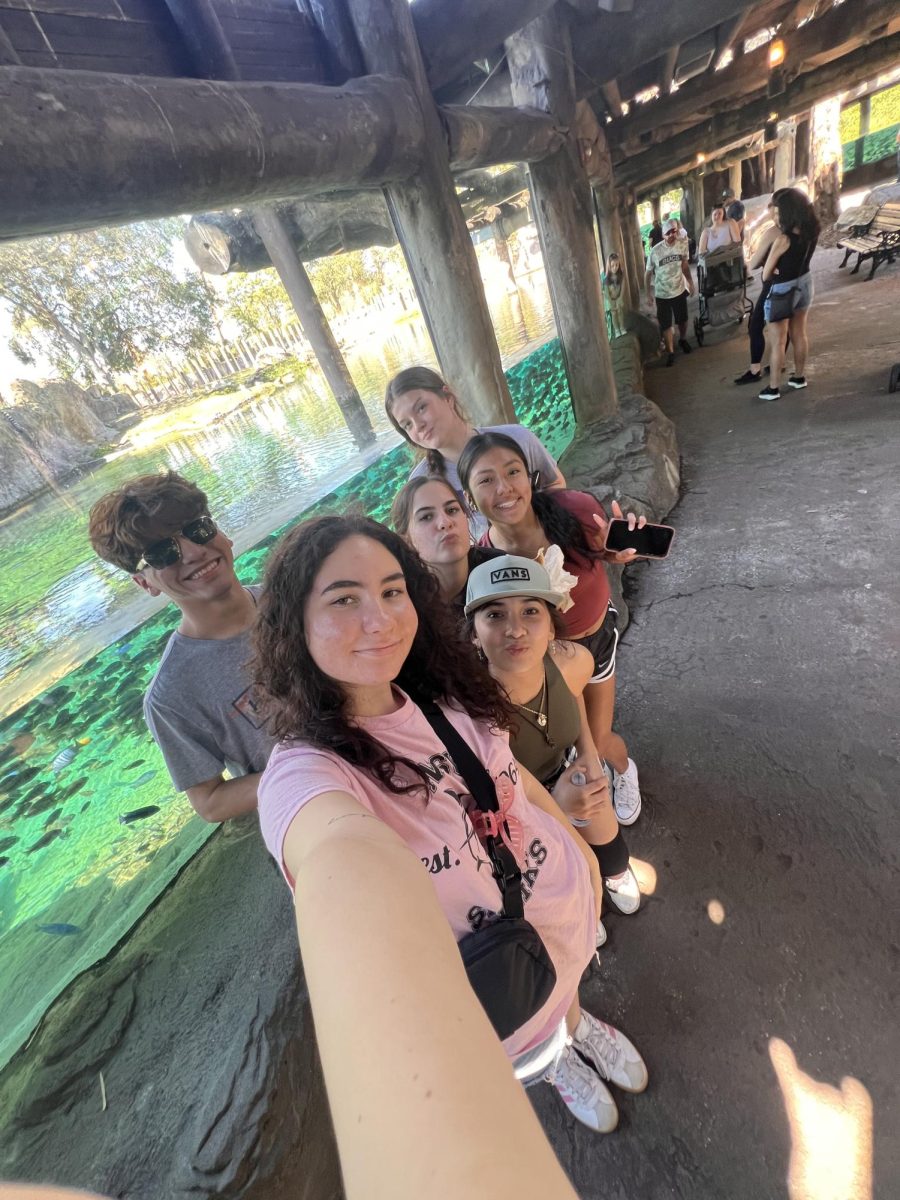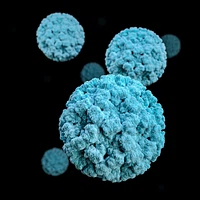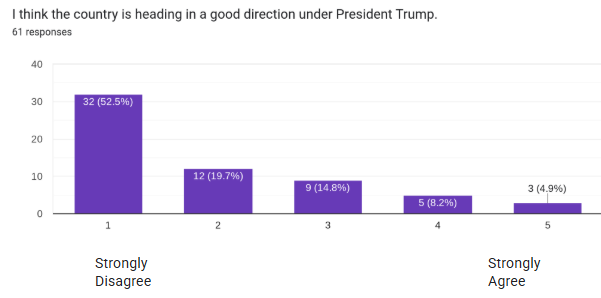Lately an ugly virus has been going around making families sick. Norovirus always spreads most during the winter months, but scientists say the new strain, GII.17, is more contagious and lower immunity is causing the spike in cases seen in December and January. Unfortunately, that includes here in Fort Myers.
Many people have reported throwing up for 2-3 days, causing dehydration and general misery. It commonly spreads through contaminated surfaces, foods and drinks. It also can be airborne if close to the sick person. Even with constant cleaning, norovirus particles can still last up to a few weeks on an infected surface. It spreads through feces and vomit particles from the infected person, so it would be best if they were to quarantine for a few days. Be sure to wash your hands and to stay hydrated.
History
Originally, this form of the norovirus was found in sick school kids that led to the closing of the school in 1968, so that led to a further investigation on the norovirus. This investigation led to a discovery that the virus particles are very hard to remove! Scientists actually call it the “Perfect Pathogen.” This is because the infected will develop a lot of the virus, but it can only take as few as 20 virus particles to infect someone else.
Infection
For being dubbed the “perfect pathogen,” there are a few perfect problems with this virus. First off, it can only replicate inside a human body. It cannot spread itself on surfaces, only what an infected person touches. Any other time though, an infected person can shed norovirus particles for a few days after symptoms have ended, so they can still infect others even after it seems safe to leave the house. Airborne particles spread easily, with over 20 million people infected a year, yet it has only killed a few hundred people over 60. It’s not that harmful for you, it only causes something called gastroenteritis, but it’s just inflammation in the stomach and gut. It can cause dehydration, which is important to drink plenty of liquids, and keep from infected water and food.






























